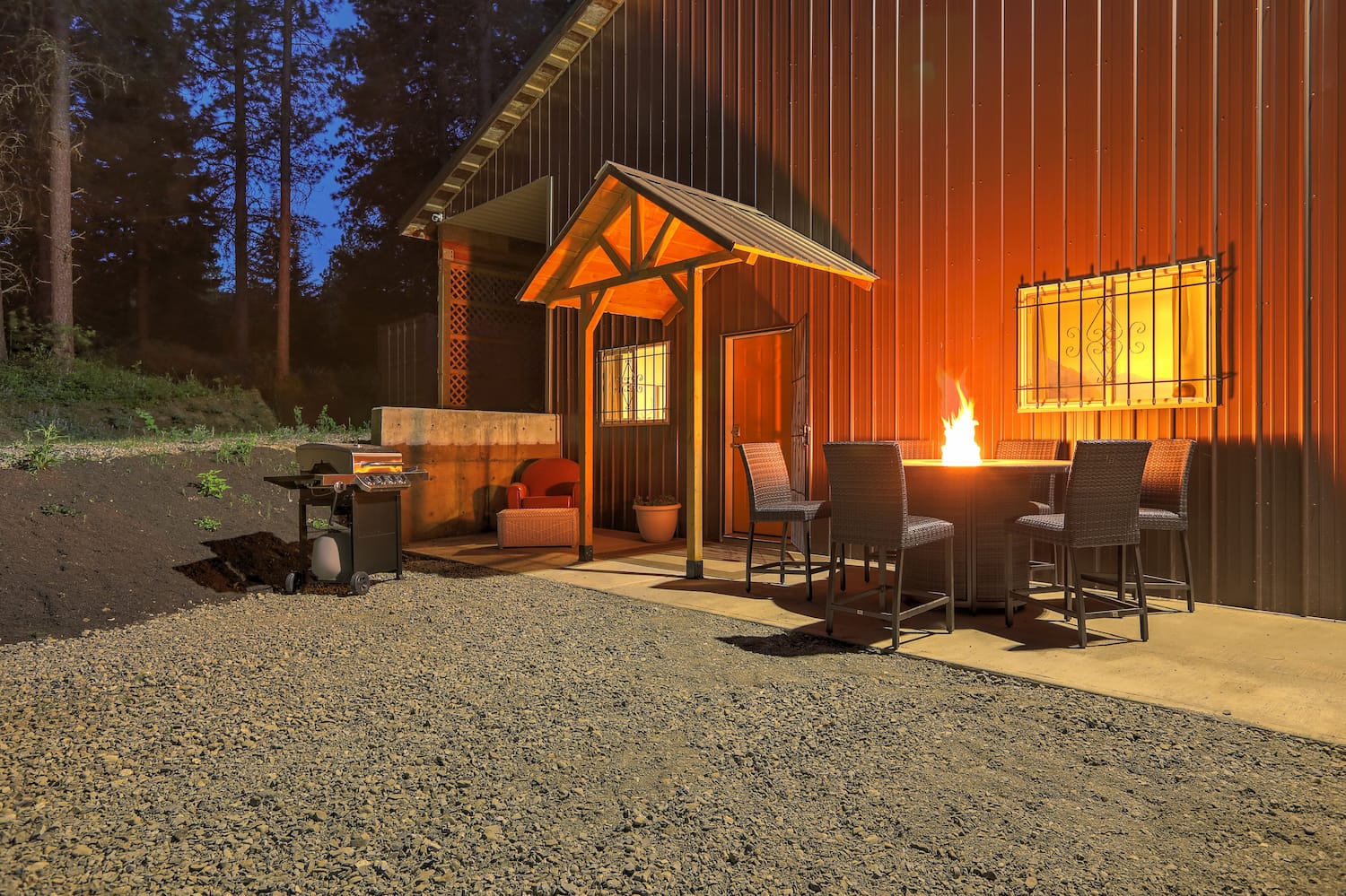Barndominiums Vs. Conventional Homes: a Detailed Comparison of Way Of Living and Capability
The decision in between barndominiums and standard homes includes numerous variables, including way of life preferences and useful needs. Barndominiums are defined by their open layouts and flexibility, commonly appealing to those who prioritize communal living and convenience. In contrast, conventional homes offer an even more structured setting, which may better serve families looking for personal privacy and a feeling of background. As we analyze the price ramifications and environmental factors to consider, it ends up being clear that the option extends beyond mere looks and capability; it welcomes a much deeper exploration of what really defines a home.
Introduction of Barndominiums
Barndominiums, a novel real estate pattern getting appeal throughout different areas, mix the rustic beauty of barn-style design with the functionality of modern home. These distinct frameworks commonly contain a metal or timber structure, combining open flooring plans and high ceilings with energy-efficient attributes. Commonly located on large rural residential properties, barndominiums use homeowners the possibility to enjoy a peaceful lifestyle while offering adequate room for different tasks.
The adaptability of barndominiums expands past their aesthetic allure; they can function as both living quarters and useful rooms for hobbies, workshops, or perhaps local business. Their flexible style enables simple personalization, suiting varied family needs and choices. Lots of owners value the reduced maintenance requirements related to steel home siding and roof, adding to long-lasting durability.

Features of Traditional Homes
Highlighting timeless design and convenience, standard homes are characterized by their distinctive architectural designs, which commonly reflect historical impacts and regional aesthetic appeals. Usual functions consist of symmetrical exteriors, gabled roof coverings, and an emphasis on workmanship, leading to a warm and inviting atmosphere.
Standard homes commonly integrate elements such as crown molding, wainscoting, and hardwood floor covering, boosting their timeless charm. They typically include multiple areas with defined purposes, advertising household interaction while permitting privacy. click here. The design frequently consists of formal living and dining areas, which are conducive to entertaining visitors and organizing family gatherings
Exterior materials such as brick, timber, or rock are frequently utilized, contributing to sturdiness and a feeling of durability. Barndominium builder. Furthermore, several typical homes are created with front decks or stoops, cultivating a sense of neighborhood and connection with the community
Landscape design plays a substantial function in conventional home layout, with well-maintained yards and pathways that enhance curb allure - website. In general, typical homes symbolize a sense of nostalgia and stability, attracting those that other value heritage and a much more organized living setting
Price Comparison
Typically, a cost comparison in between barndominiums and conventional homes discloses substantial distinctions in building and construction expenditures and general investment. Barndominiums, often created from metal or steel structures, commonly sustain reduced product and labor expenses than standard homes constructed from timber and brick. The simplified layout of barndominiums can translate to lowered construction times, additionally lowering labor prices and expediting occupancy.
Usually, the price per square foot for a barndominium ranges from $100 to $150, while traditional homes can differ extensively, typically falling in between $150 and $300 per square foot, depending on location, products, and layout complexity. This cost disparity makes barndominiums an appealing option for budget-conscious customers looking for larger space without sacrificing high quality.
Additionally, barndominiums might lead to long-lasting cost savings with reduced maintenance costs, energy efficiency, and insurance prices. Their resilient construction materials often require less upkeep in time compared to typical homes. It is essential to think about that while initial costs might be lower for barndominiums, the final investment will likewise depend on specific personalization and desired features, which can influence the general expense in both real estate types.
Lifestyle and Space Considerations
When thinking about way of life and area, barndominiums offer a distinct versatility that appeals to a range of house owners. These hybrid structures incorporate household living with practical area, typically featuring open floor strategies that can be adjusted to suit private demands. This versatility is specifically advantageous for households or individuals seeking a customized living setting, permitting varied usages such as home workplaces, workshops, or recreational areas.

Additionally, the visual allure of barndominiums can deal with both rustic and contemporary preferences, making them a functional option for various design choices (Barndominium repair). Eventually, the option between a barndominium and a typical home frequently hinges on just how well each option lines up with the homeowner's way of life desires and spatial needs, highlighting the importance of taking into consideration personal priorities in the decision-making procedure
Ecological Impact and Sustainability
The ecological impact and sustainability of barndominiums present compelling advantages contrasted to standard homes. Mainly constructed from steel and other resilient materials, barndominiums are often constructed utilizing recycled resources, minimizing the demand for brand-new materials and minimizing waste. Their design commonly stresses open areas, which can result in lower power consumption for cooling and heating contrasted to standard homes with more segmented formats.
Furthermore, barndominiums can integrate sustainable features such as photovoltaic panels, rain harvesting systems, and progressed insulation techniques, boosting their energy performance. The convenience of their style enables homeowners to integrate these technologies extra effortlessly than in several conventional homes, which may require substantial retrofitting.
Additionally, barndominiums usually require fewer sources for building and construction due to their less complex, more effective layouts (visit site). On the whole, barndominiums stand for a forward-thinking approach to sustainable living, aligning with contemporary environmental top priorities.
Final Thought
In recap, the choice between barndominiums and standard homes hinges on private lifestyle preferences and functional demands. Barndominiums, with their open designs and sustainable products, deal with those seeking adaptability and common living. Conversely, conventional homes offer defined spaces that boost privacy and promote historic looks. Each alternative presents unique benefits, necessitating cautious factor to consider of one's values and needs when establishing the most ideal living environment.